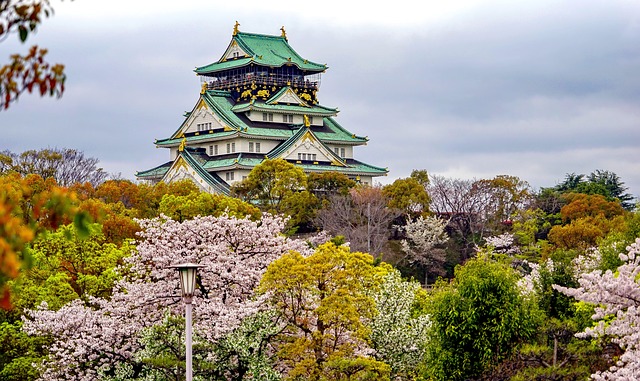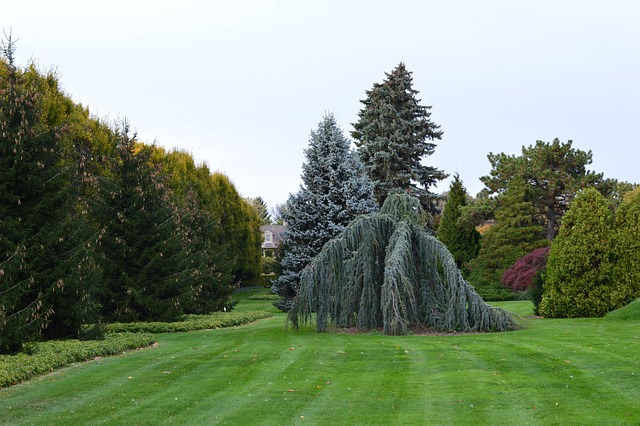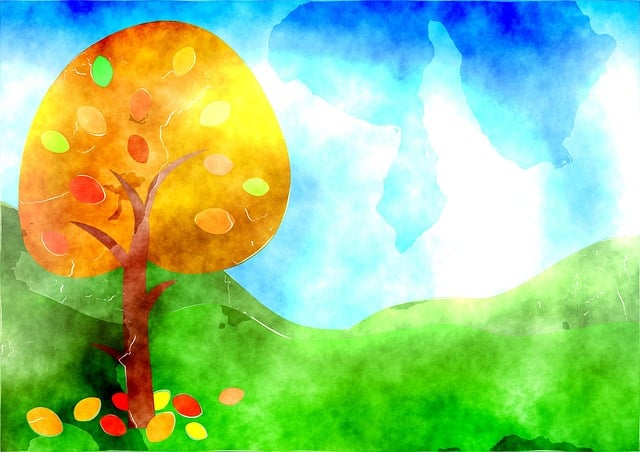Japan conjures up notions of peace, harmony, and tranquillity when you think about gardens. These gardens, which are intended to be a peaceful and contemplative space, are masterworks of aesthetics and philosophy. Every component of a Japanese garden serves a purpose, and selecting the right plants is essential to encapsulating Zen. I’ll take you on a tour of the world of Japanese gardens in this post, explaining the meaning behind the plants and offering my picks for the best ones to use to turn your backyard into a tranquil haven.
Understanding the Zen philosophy
Zen philosophy, which emphasizes simplicity, mindfulness, and harmony with nature, is a major influence on Japanese gardens. Every component in the garden has been thoughtfully selected and arranged to create a sense of harmony, serving as a miniature representation of the natural world. The Zen school of thought exhorts us to slow down, live in the now, and find inner serenity by spending time in nature. In a Japanese garden, this idea is represented in the layout and plants used.
Essential elements of a Japanese Garden
It’s critical to comprehend the fundamental components of Japanese garden design in order to build a genuine Japanese garden. Water, rocks, bridges, lanterns, and, of course, plants are some of these elements. A pond or stream is frequently used to signify water, which is a symbol of cleanliness. Placed carefully, rocks signify mountains and evoke a sense of strength and stability. Bridges serve as links between various garden sections and symbolize the change in mental states. In addition to serving a practical purpose, lanterns provide the garden a touch of elegance and mystery. Together, these components provide a space that is balanced and harmonic.
The significance of plants in Japanese Gardens
Japanese gardens would not be the same without plants, which add vitality, color, and a sense of peace. Every plant has been thoughtfully selected for its symbolic meaning and potential to improve the garden’s overall attractiveness. Evergreens, including bamboo and pine, are frequently utilized as symbols of tenacity and endurance. Cherry blossoms are highly prized in Japanese culture and serve as a metaphor of life’s fleeting nature. Moss is frequently used to cover the ground, giving an environment that is lush and tranquil. Other well-liked plants with distinct beauty and meanings are camellias, azaleas, and Japanese maples.
Top plants for a serene Japanese Garden
Now that we know how important plants are to Japanese gardens, let’s look at some of the best ones that will enable you to create a calm and peaceful area.
- Pine (Pinus): A common sight in Japanese gardens are pine trees. Their graceful structure and evergreen foliage represent persistence, wisdom, and longevity. They can be trimmed into a variety of forms, such cascades or clouds, to give the garden an artistic touch.
- Bamboo (Phyllostachys): Phyllostachys bamboo is another plant that is commonly found in Japanese gardens. It stands for adaptability, sturdiness, and strength. It is thought that the sound of rustling bamboo leaves in the wind promotes tranquility and calmness. Bamboo can be utilized as a water feature, a focal point, or even a privacy screen.
- Cherry Blossom (Prunus serrulata): When in bloom in the spring, cherry blossoms are a sight to behold and are synonymous with Japanese culture. These fragile blossoms represent life’s beauty and fleeting essence. If you plant cherry blossom trees in your garden, the air will smell sweet and a gorgeous display of pink and white blooms will arise.
The symbolism behind each plant choice
Every plant used in a Japanese garden has a symbolic value of its own. Comprehending the symbolic meaning of these flora can assist you in designing a garden that narrates a tale and creates a particular feeling. Let’s examine the meaning behind the top plants that were previously mentioned.
- Pine: As previously noted, pine is a symbol of endurance, wisdom, and longevity. Its everlasting foliage is a symbol of perseverance under the most trying circumstances. It is said that listening to the wind rustle over pine needles can help one become more clear-headed and cleansed.
- Bamboo: Bamboo is a symbol of adaptability, sturdiness, and strength. Its capacity to bend without breaking is thought to represent flexibility in the face of adversity. In addition, bamboo is connected to simplicity and purity in Japanese culture.
- Cherry Blossom: The beauty and fleeting essence of life are represented by cherry blossoms. Hanami, the Japanese custom of observing and admiring the blossoms, is how cherry blossoms, or “sakura,” are celebrated when they bloom. It serves as a gentle reminder to savor the here and now and find delight in life’s transient beauty.
Creating balance and harmony with plant placement
The arrangement of plants is essential to achieving harmony and balance in a Japanese garden. The idea is to have a flow that is easy and natural, with each plant enhancing the others and adding to the overall design. Here are some pointers for arranging your plants in your Japanese garden to create harmony and balance:
Take into account the size and arrangement of the plants. To add depth and visual appeal, combine low, medium, and tall plants.
It is thought that grouping plants together in odd numbers will result in a more harmonious arrangement.
Use larger or more unusual plants to create focus points. These centers of attention will attract the eye and establish equilibrium.
For variation and contrast, use plants with varying leaf forms and textures.
Take note of the color scheme that your plants have chosen. To establish coherence and tranquility, keep your color palette modest.
Japanese Garden design ideas incorporating these plants
After you have a solid grasp of the best plants for a tranquil Japanese garden and how to take care of them, let’s look at some design concepts that use these plants:
Zen Garden
Use rocks, gravel, and well planted plants to create a simple, meditative area. For more ambience, add a stone lamp and use bamboo as a privacy screen.
Tea Garden
Create a garden that’s ideal for ceremonial teas. Construct a peaceful seating area with a stepping stone walkway and a variety of evergreen plants, like azaleas and pine.
Pond Garden
If you have the room, think about making your garden’s centerpiece a pond. Plant trees with cherry blossoms along its banks, and encircle it with lush
Achieving tranquility with the right plants
To sum up, designing a Japanese garden requires both artistry and attentiveness. You can create a landscape that exudes calm and peace by knowing the fundamental components of Zen gardening, the importance of plants, and the Zen philosophy. Pine, bamboo, and cherry blossoms are among the best plants this article discusses, and they may all help you turn your garden into a tranquil haven. Don’t forget to thoroughly analyze the meaning associated with each plant and arrange them to achieve harmony and balance. Your Japanese garden may flourish and serve as a peaceful space for you to reflect with the right upkeep.


